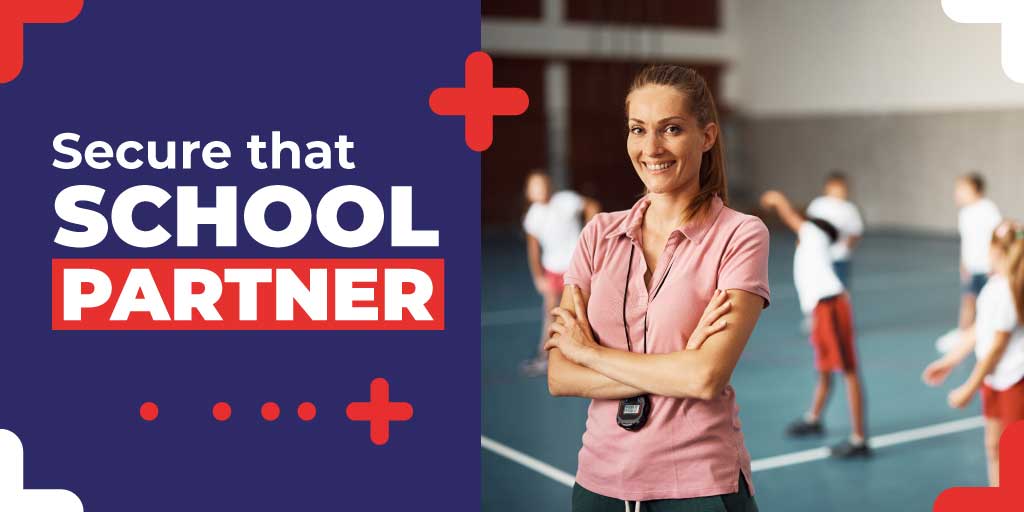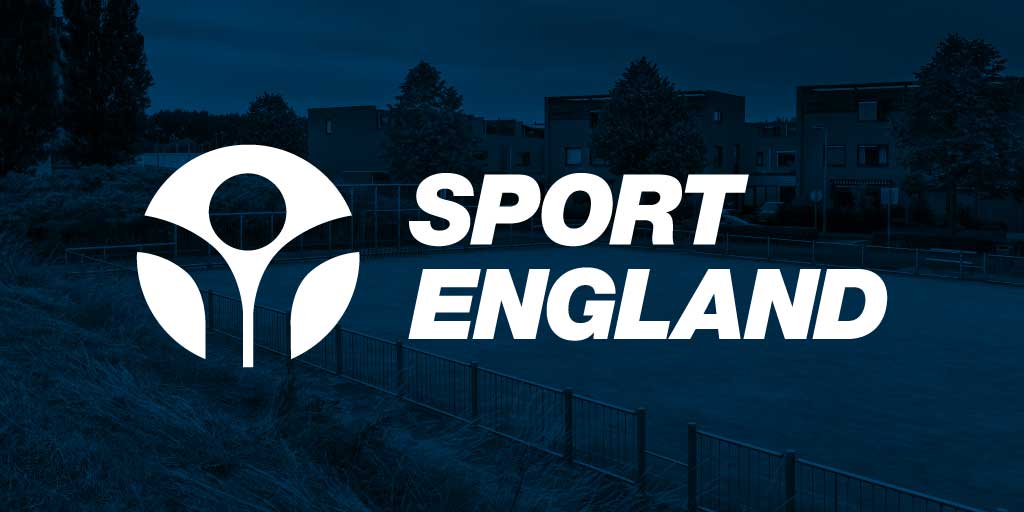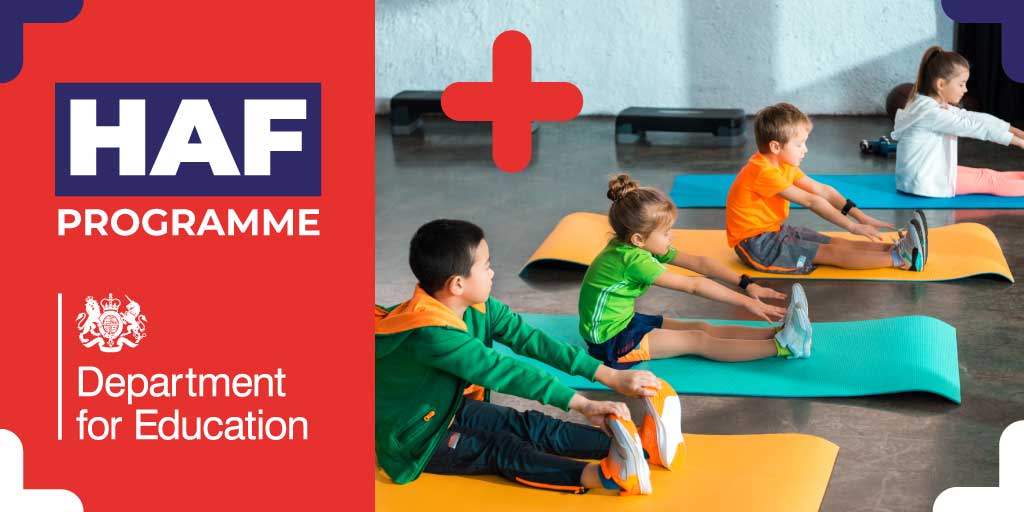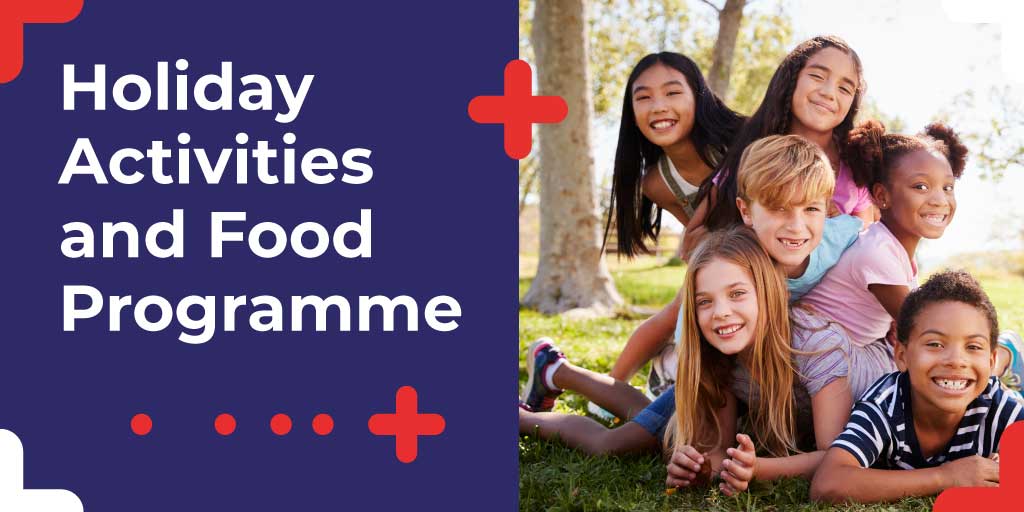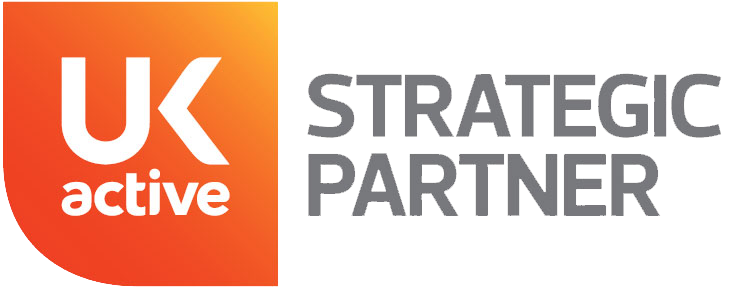In every successful sports program, the community plays a pivotal role. Activity programs can take place on fields, courts, gyms and community buildings and can serve as an invaluable resource in helping your sports program thrive. Here’s how you can leverage community buildings and those community bonds to enhance your HAF program and make it more impactful for everyone involved.
1. Using your community spaces to your advantage
Every sports program requires thorough planning, strategy sessions, and team meetings. Your community’s buildings and venues can be utilized to provide support, leveraging these venues to get support from your community about the direction of your HAF program. You can plan for the community with the community.
Over a third of available sports facilities are within school grounds, and 77% of sports halls and 61% of artificial grass courts are located on school sites. School is one of the only places children will usually have in common, so using this space during holidays is a place everyone will recognize.
2. Indoor training facilities to adapt your program
When you have outdoor activities in your HAF program, having a backup indoor training facility is a game-changer, especially in regions prone to inclement weather. While community buildings like schools, churches or community halls might not have the traditional sports equipment of a gym, they often have large, open areas that can be transformed for training sessions.
Community halls can be adapted for warmups, informal get-to-know-you sessions and team-building activities. You can set up mats, benches and even cones to organize basic ball games such as dodgeball or assault courses. These will all be practices that participants are used to as they mimic indoor PE lessons in a familiar environment.
3. Hosting community engagement events to raise your profile
One of the most effective ways to grow a sports program is through community engagement. Community buildings are ideal venues for hosting meet-and-greet events, fundraisers, and workshops that can strengthen the relationship between your sports program and the local community.
The accessibility of community buildings makes it easier for local participants to attend events, participate in activities, and contribute to the success of the program. This is a great place for your healthy eating sessions and skills workshops. Participants and families can interact, and you can showcase what they’ve learnt.
With a program like HAF, accessibility is your number one priority. Helping people see in familiar places that your activities are taking place can help your program become an essential part of life in your area.
4. Classroom spaces for educational initiatives
HAF programs aren’t just about physical activity; you teach workshops on nutrition, healthy eating preparation and mental health. Community buildings often have classroom-style spaces that can be used for workshops and even guest speakers to enhance your program.
→ Greta Defeyter – Utilizing community spaces

5. Centralized coordination and administration
Managing a HAF program involves more than just coaching. There are administrative duties like organizing events, registering participants, and handling logistics. Especially for longer holiday periods like Easter or Summer, why not create a temporary headquarters in a community building?
Having a central, public location makes it easier for parents, volunteers, and participants to drop by with forms or ask questions. This can speed up your admin and logistical operations.
6. Expanding outreach and inclusivity
HAF programs are designed to serve underserved or less-involved populations. Buildings or venues located in central, accessible areas make them a prime location for hosting introductory sessions or special events aimed at drawing in more diverse participants.
This can help increase the inclusivity of your sports program, ensuring that children, youth, or adults who may not have easy access to sports facilities can still get involved. This is essential if you want to show how your program is serving those communities. Your first job will be attracting as many people in those groups as possible.
7. Capitalize on your local environment
Every locality is different. Some are near the seafront, while others can take advantage of the rural countryside or city attractions. Use your local environment to your advantage, and help participants see and experience their environments in real time. Not only can it help build their knowledge of their environment, but you can use it as an opportunity to be inventive.
In some underserved communities, their local environments are often the one thing they don’t enjoy. If you live near the seafront, you can try organizing beach games. Or if you are near rural or countryside events, try offering skills like orienteering. For cities with great sporting history, partnering with stadiums can provide a boost.
Use your location for HAF Programs!
Your community buildings are more than just venues—they’re valuable assets that can provide support, structure, and outreach for your sports program. By leveraging these spaces, you can foster a stronger, more cohesive HAF program.

